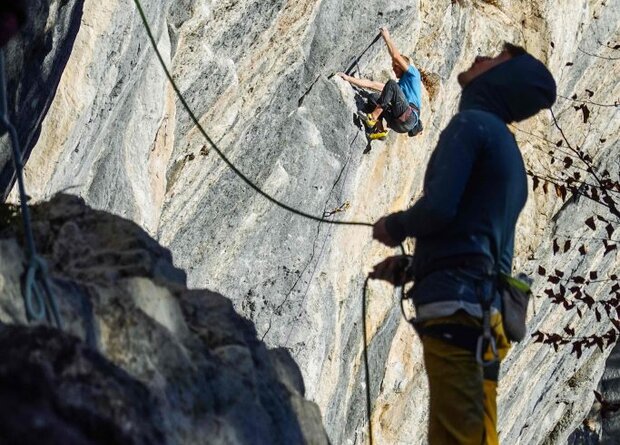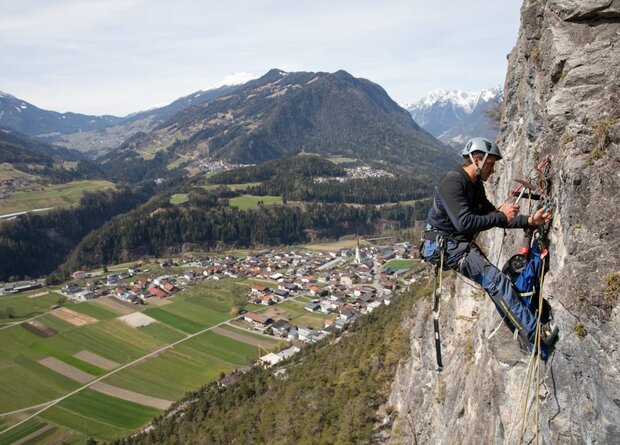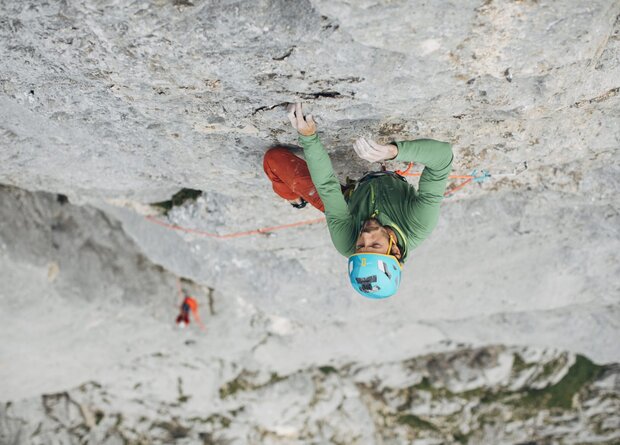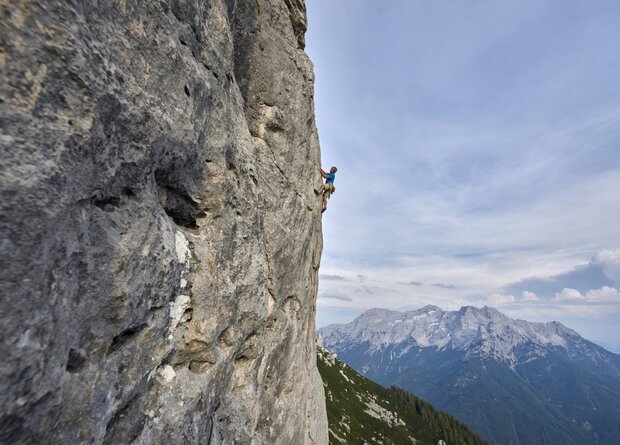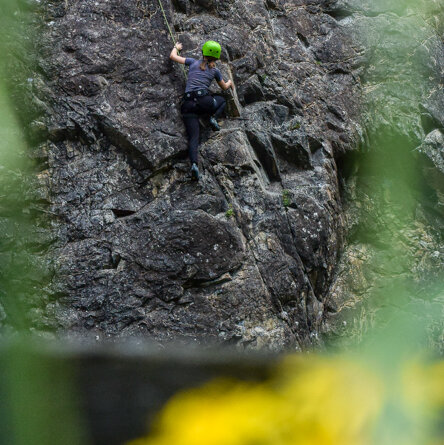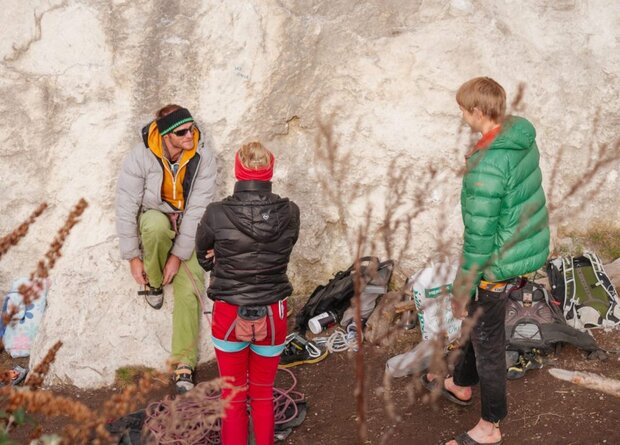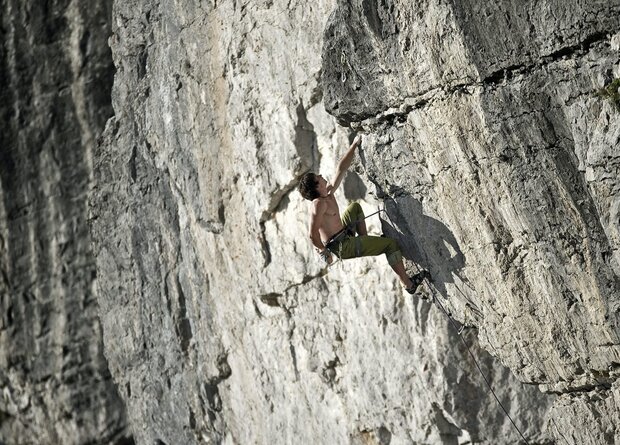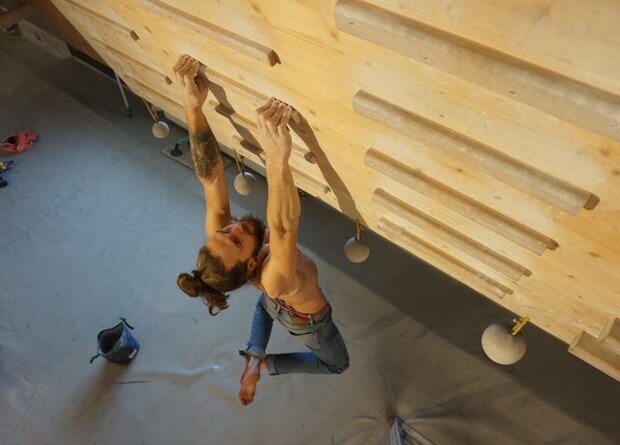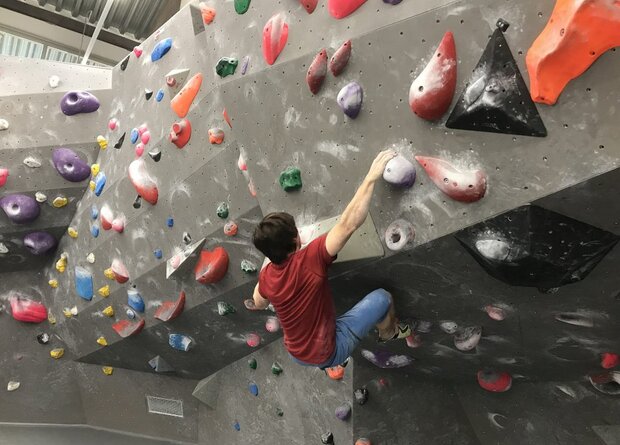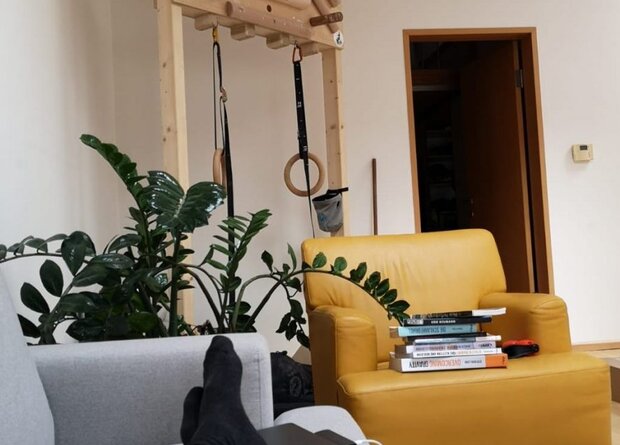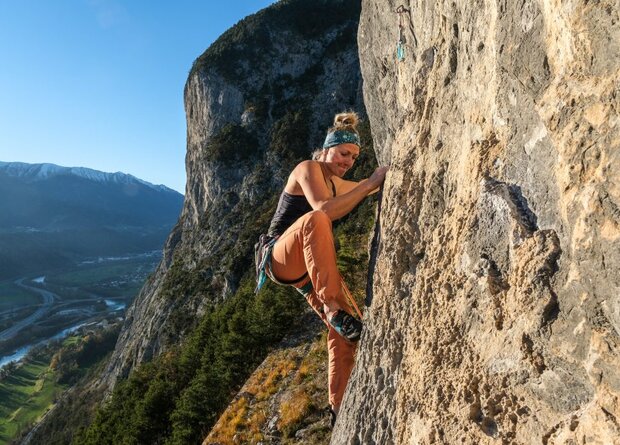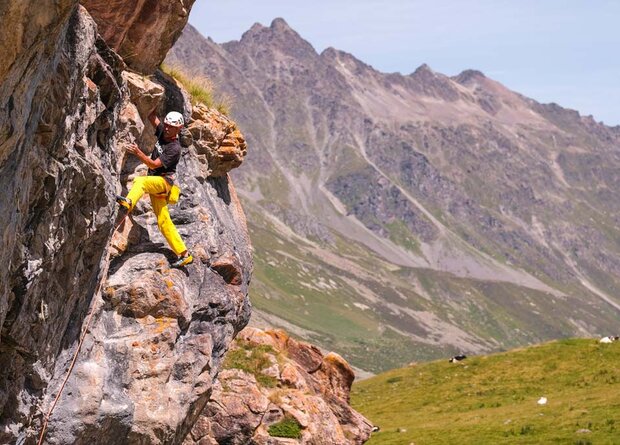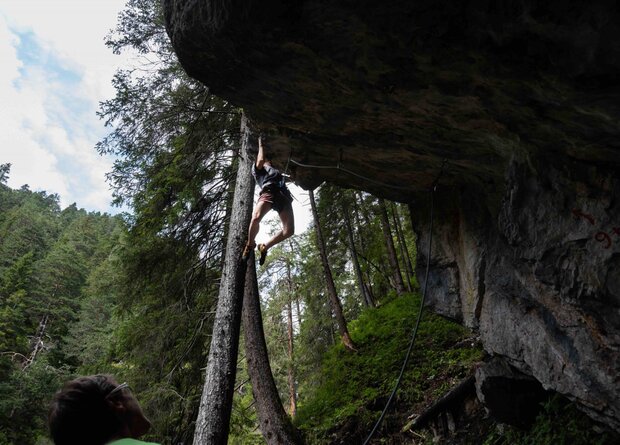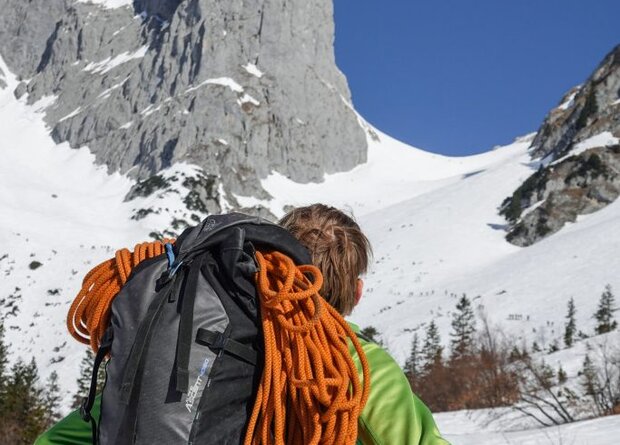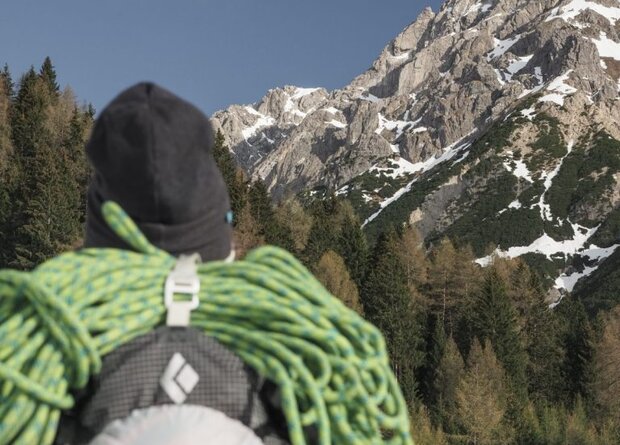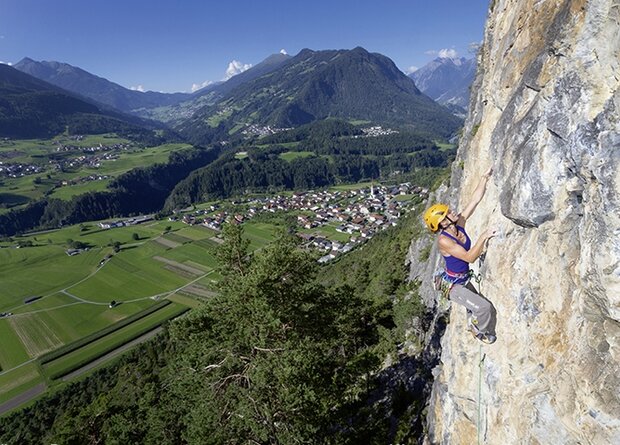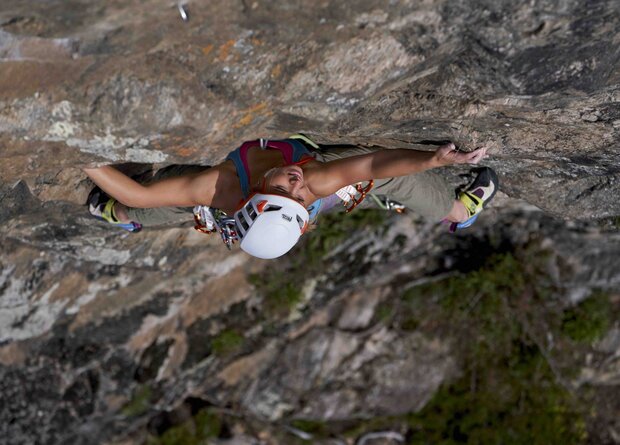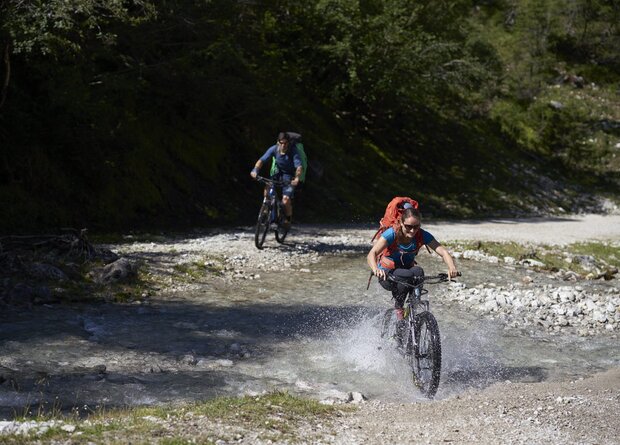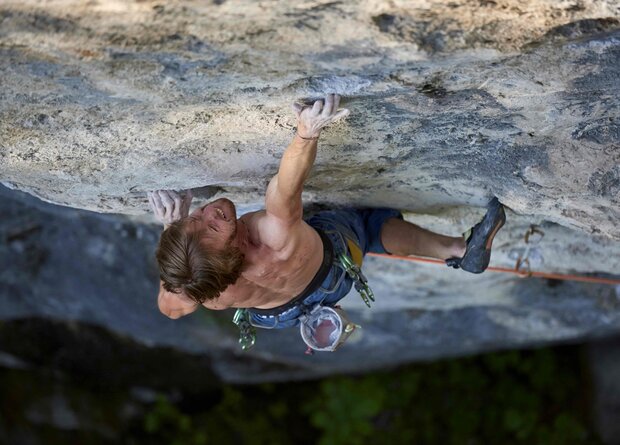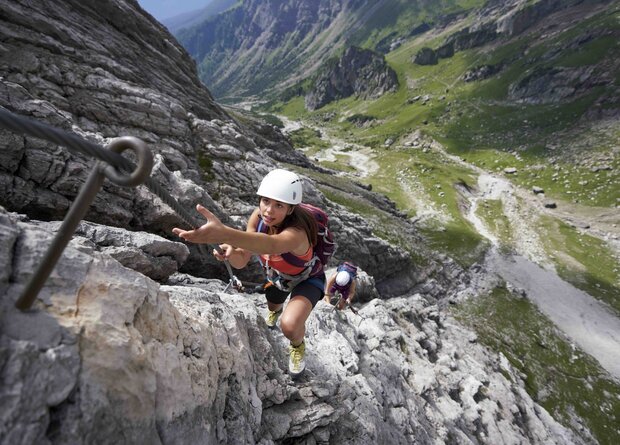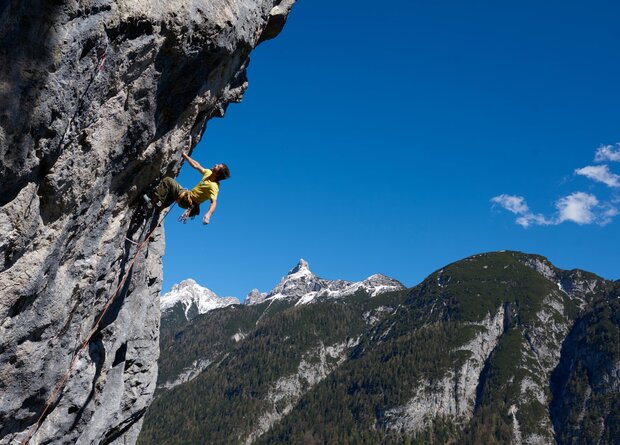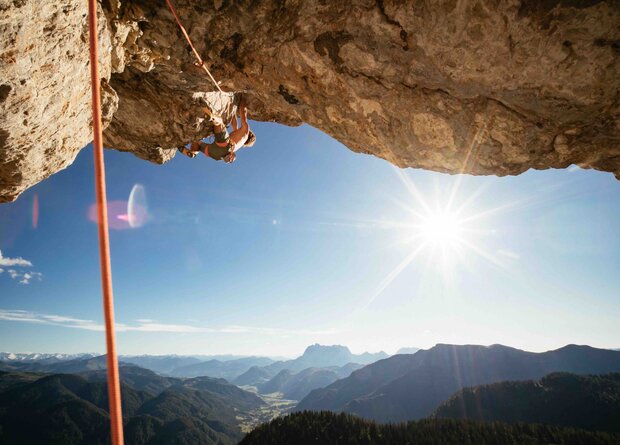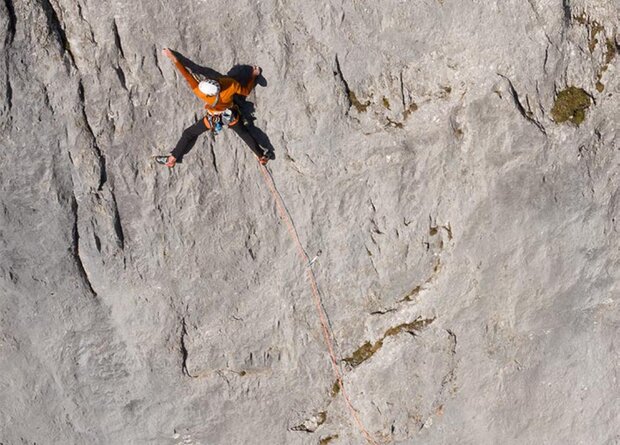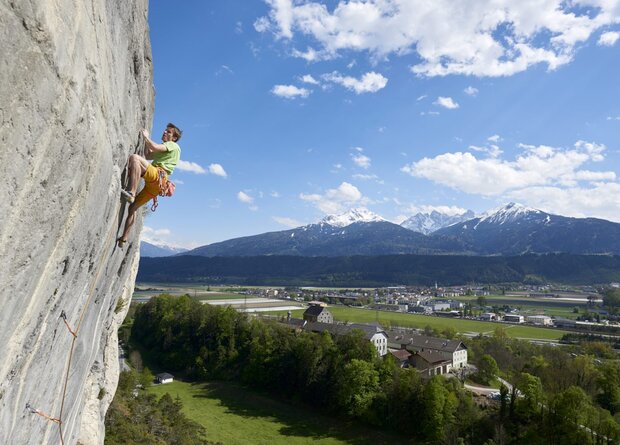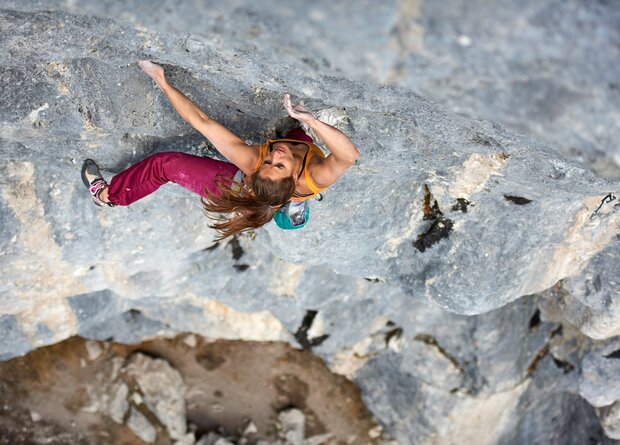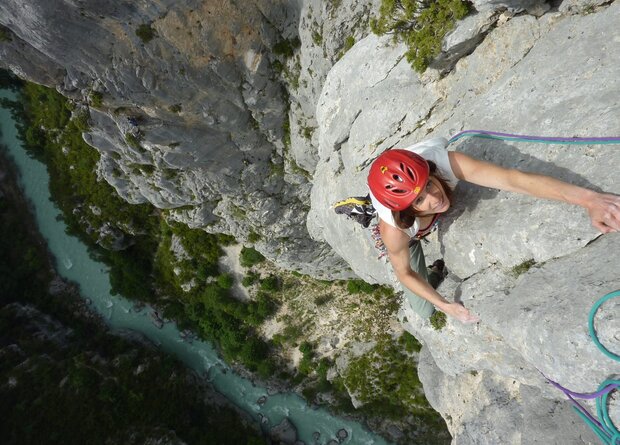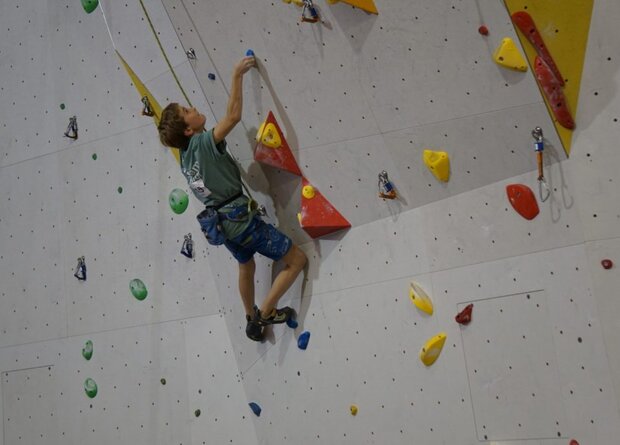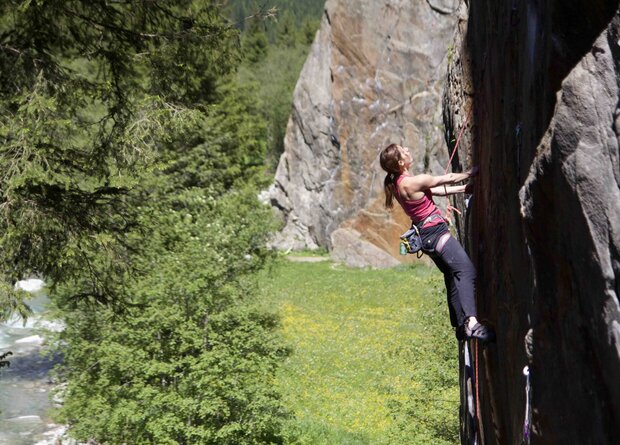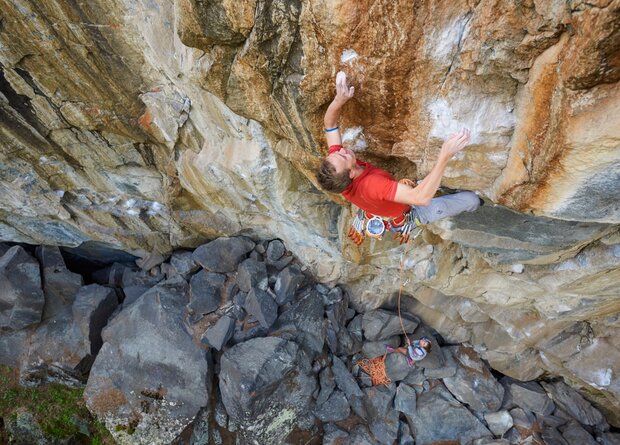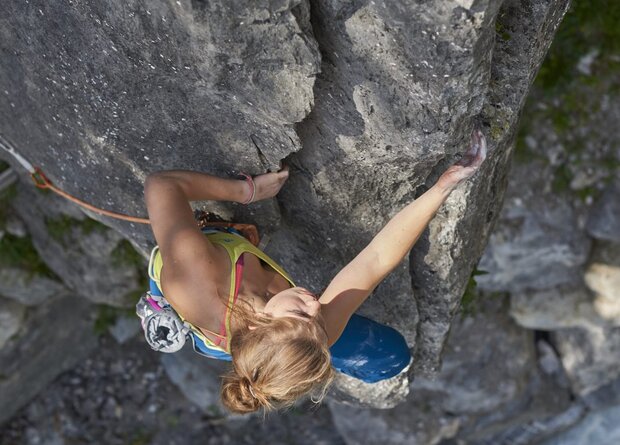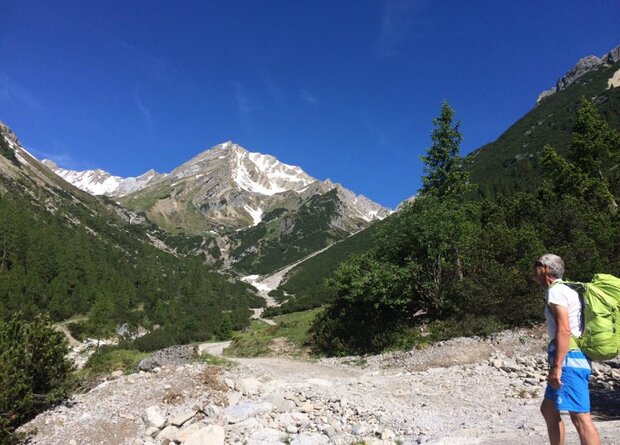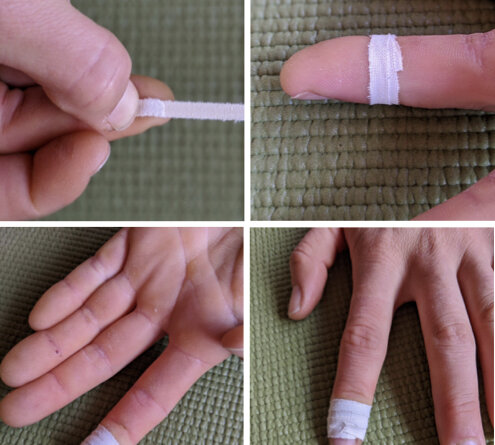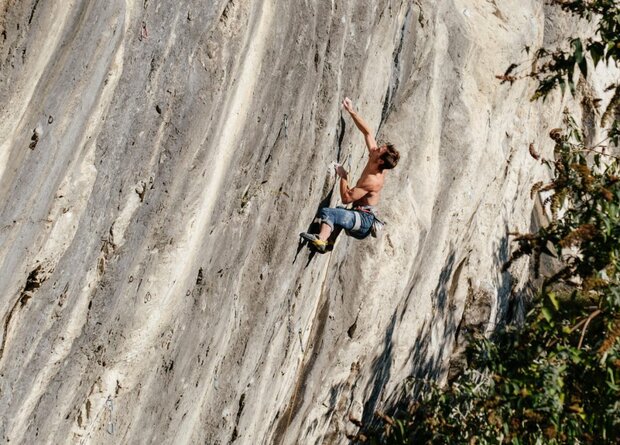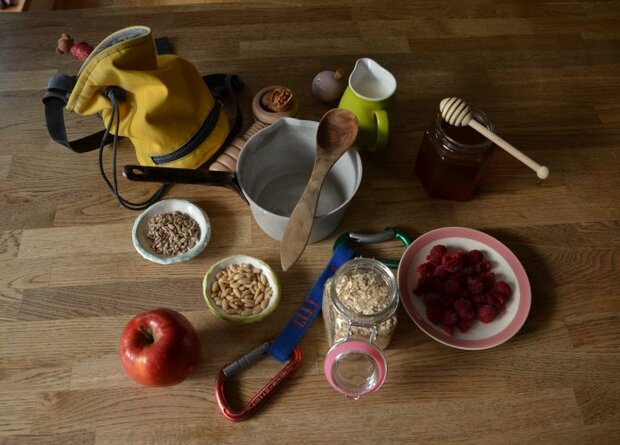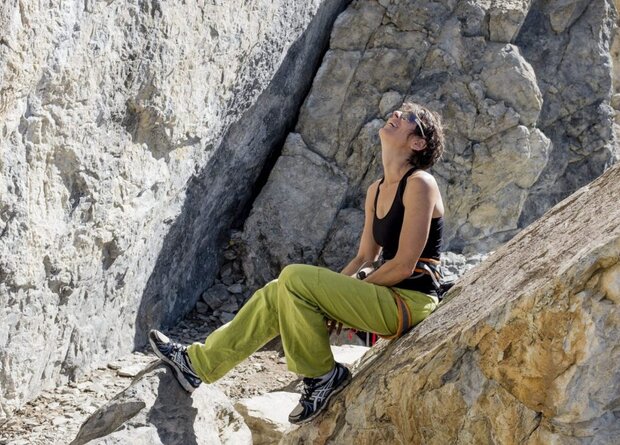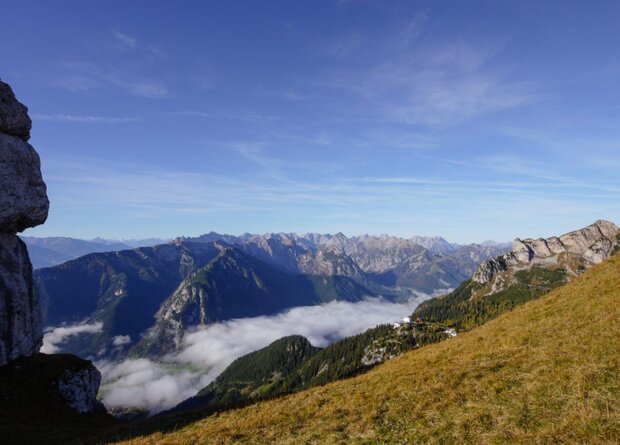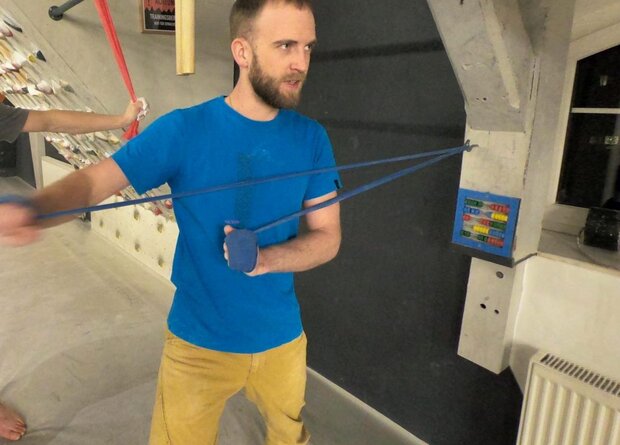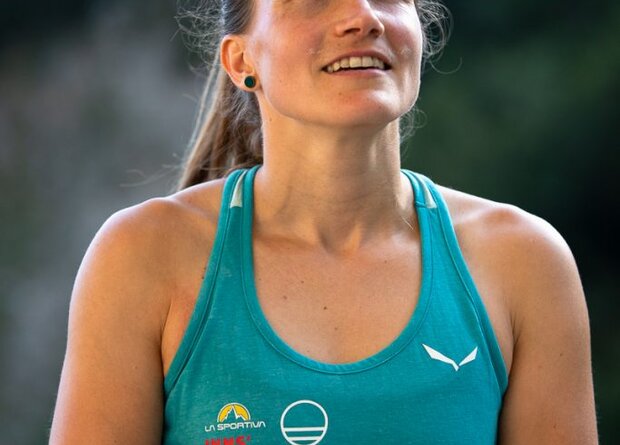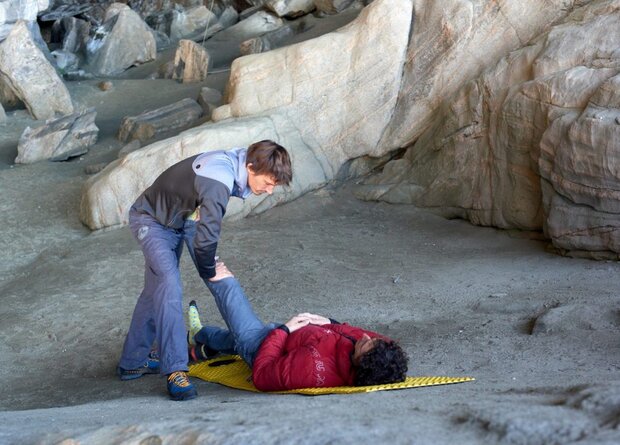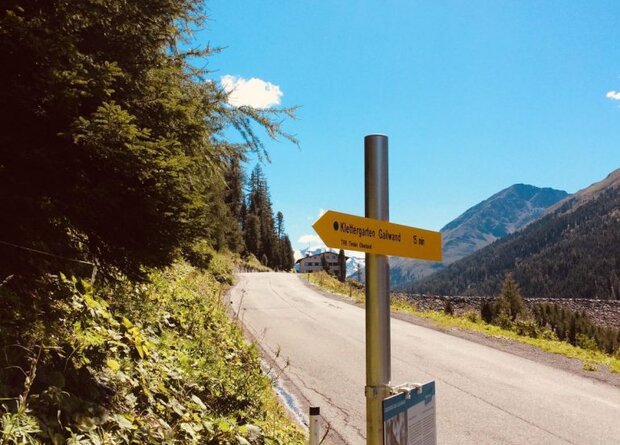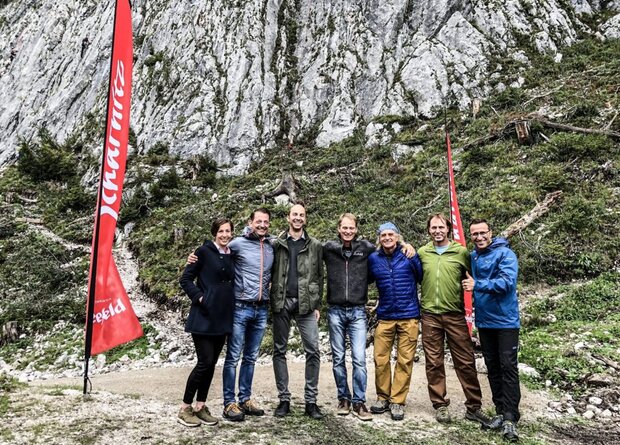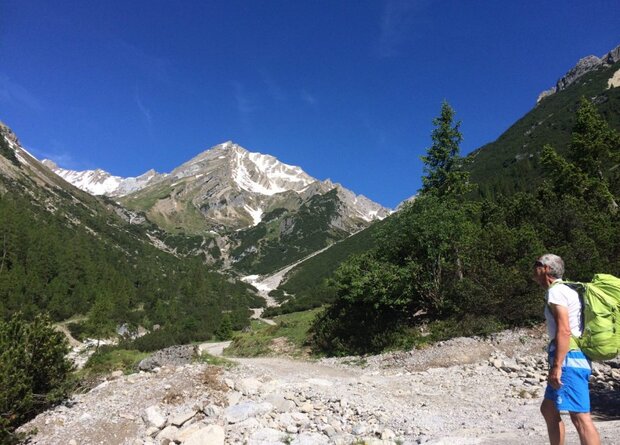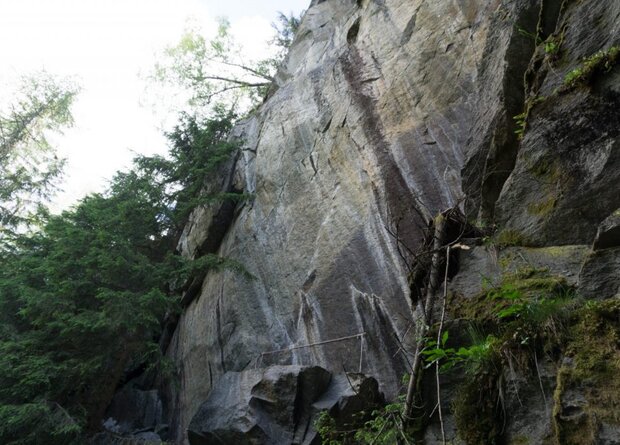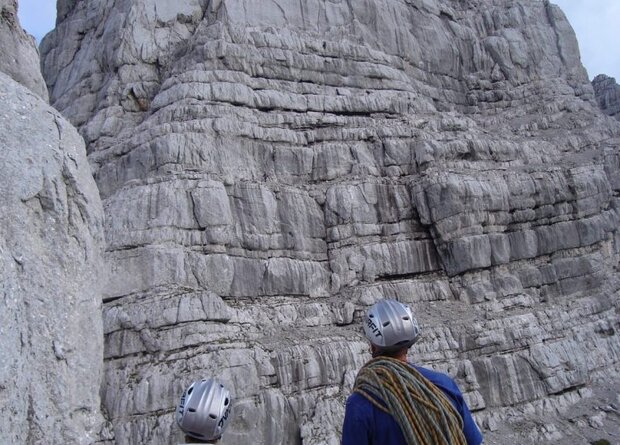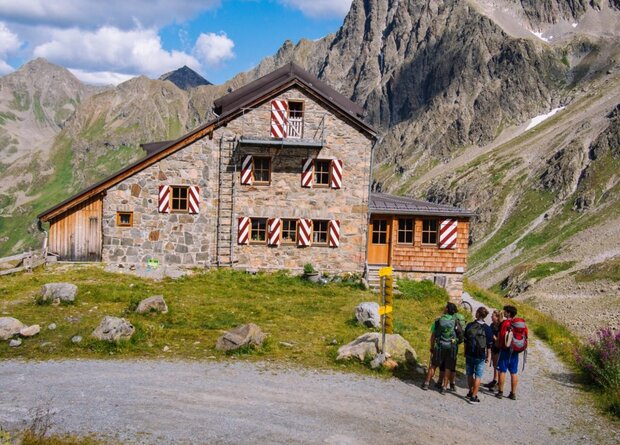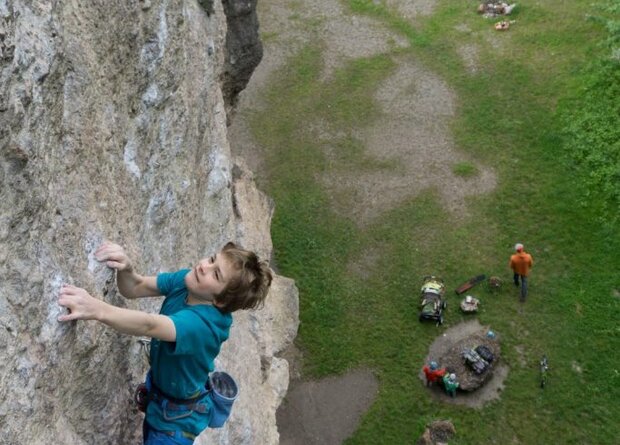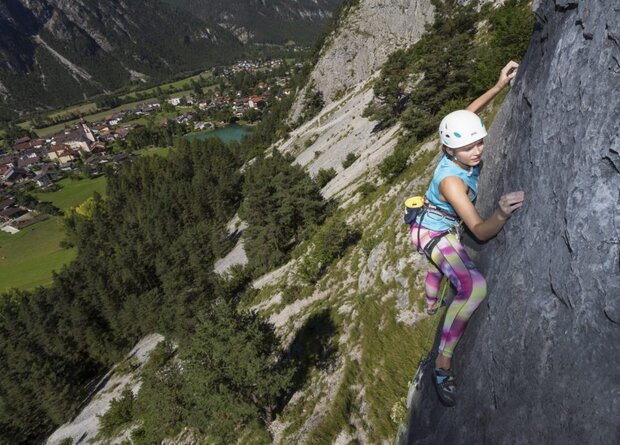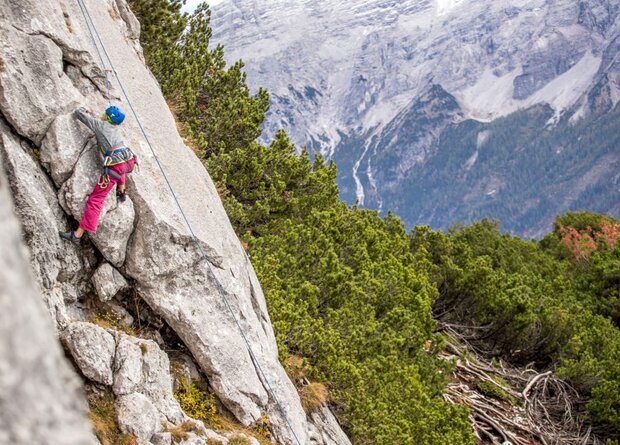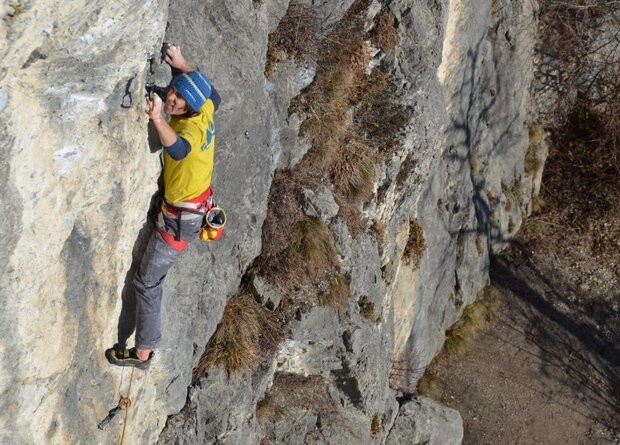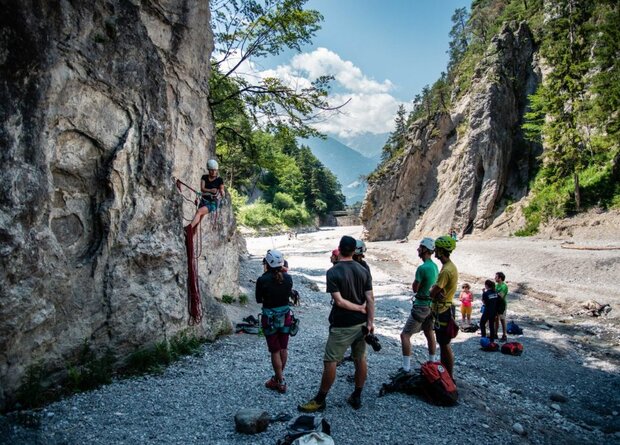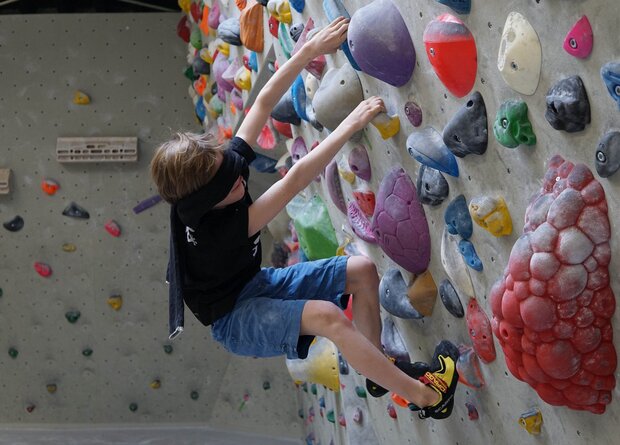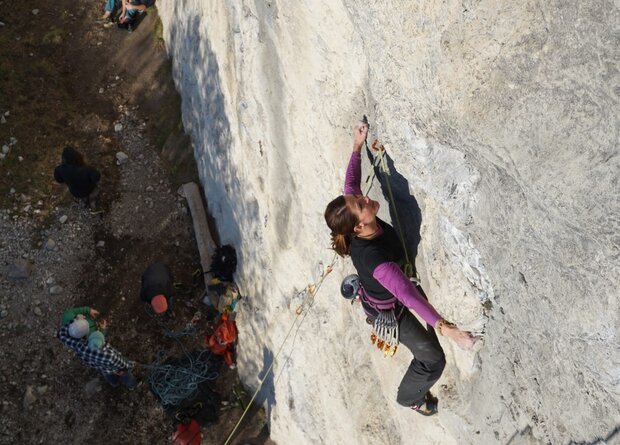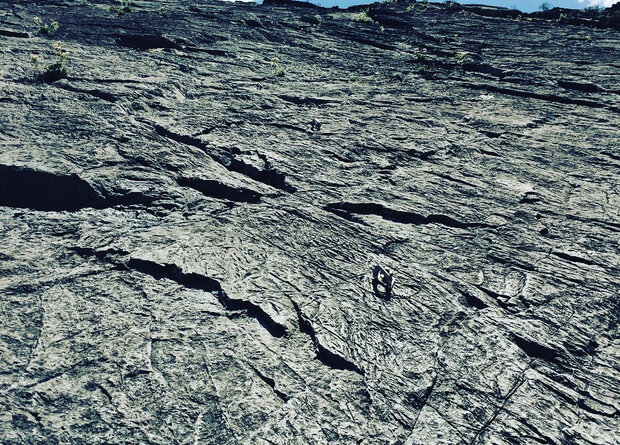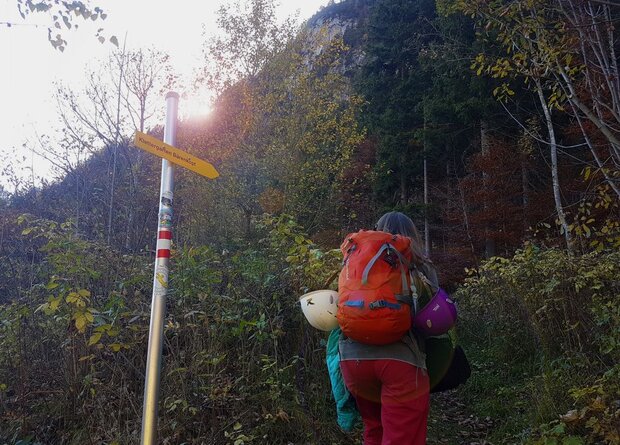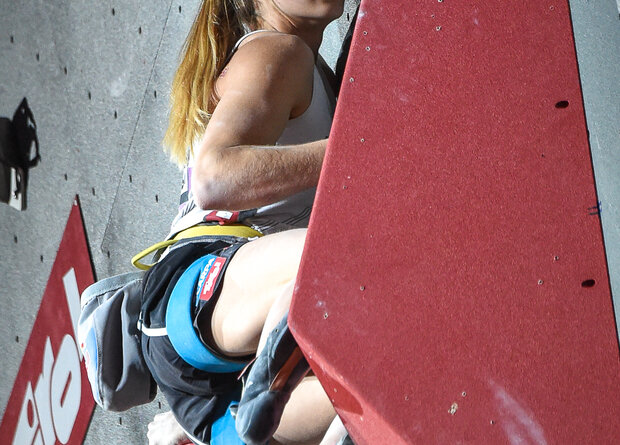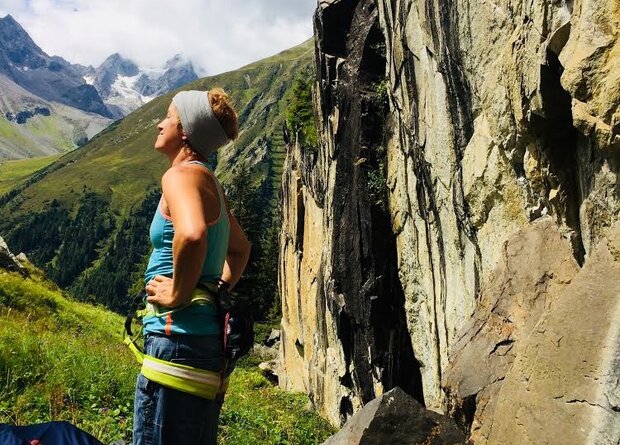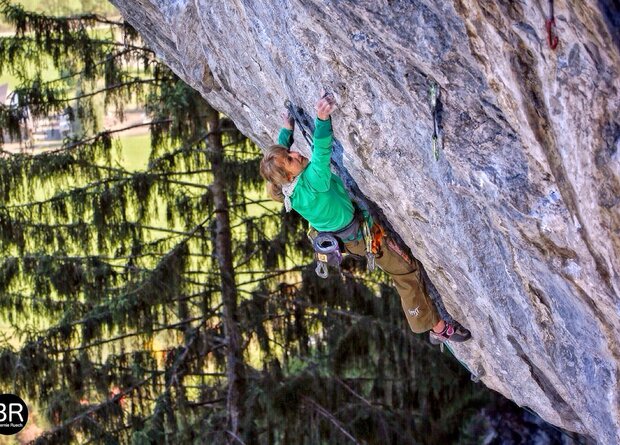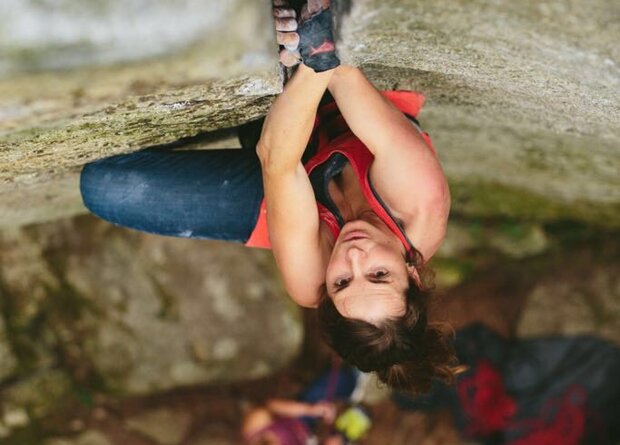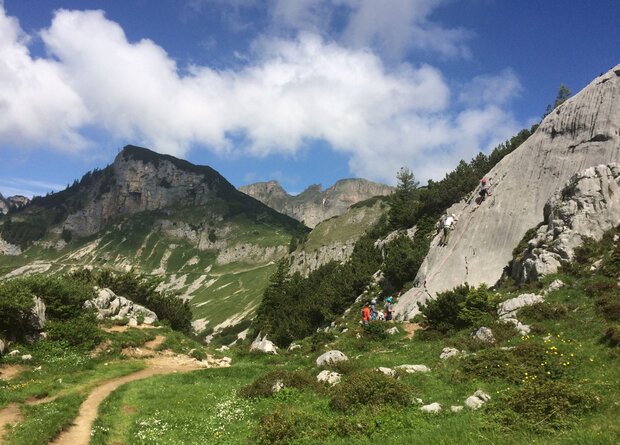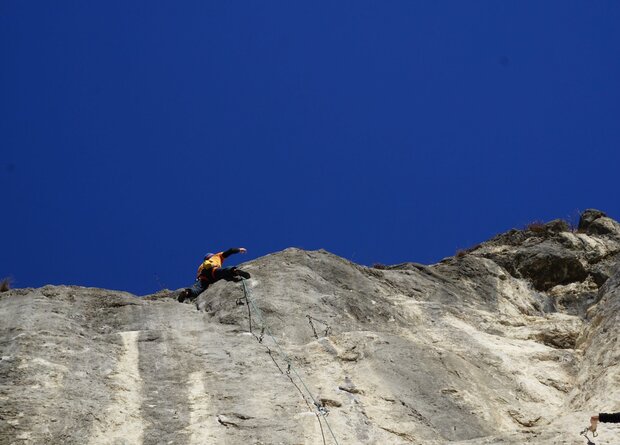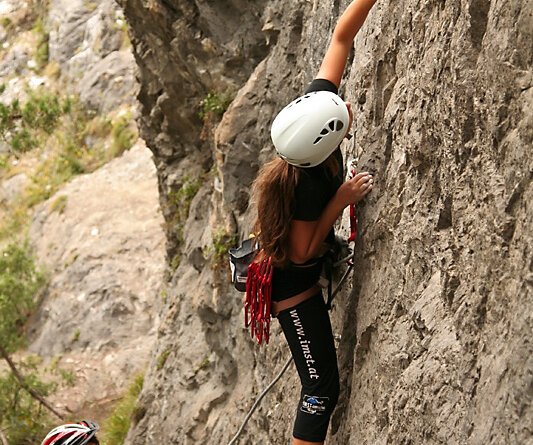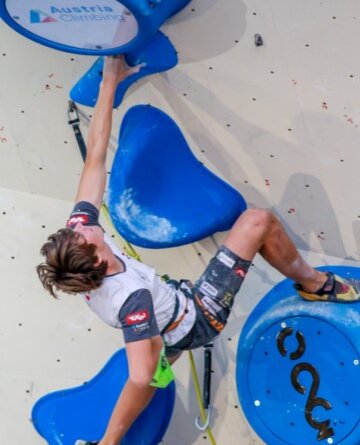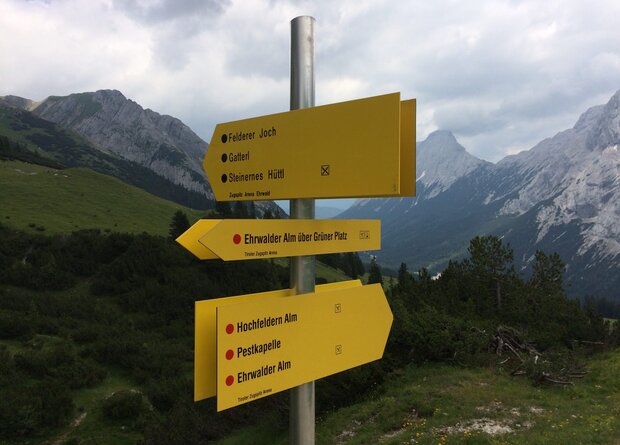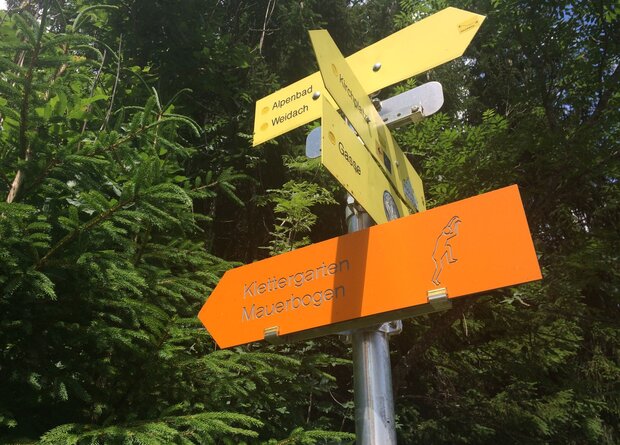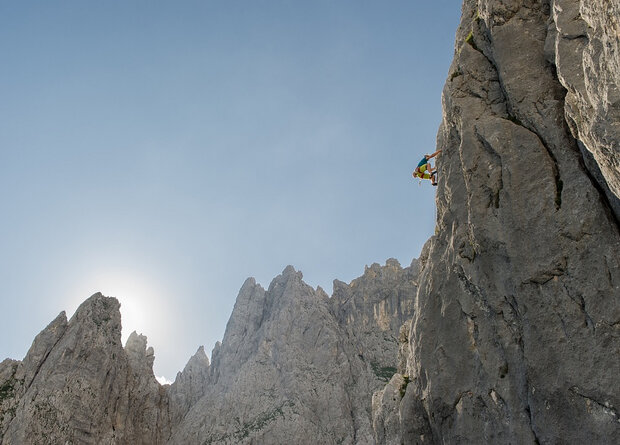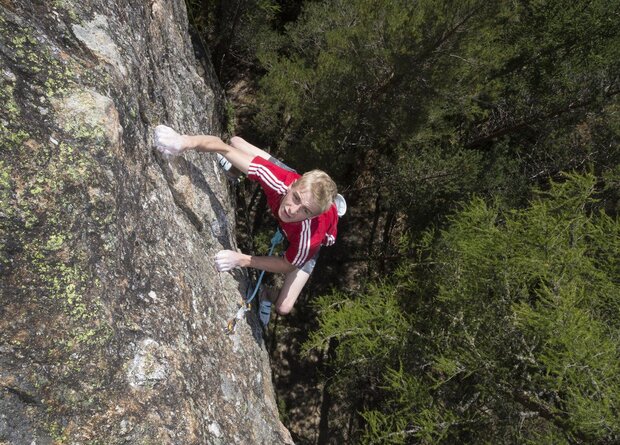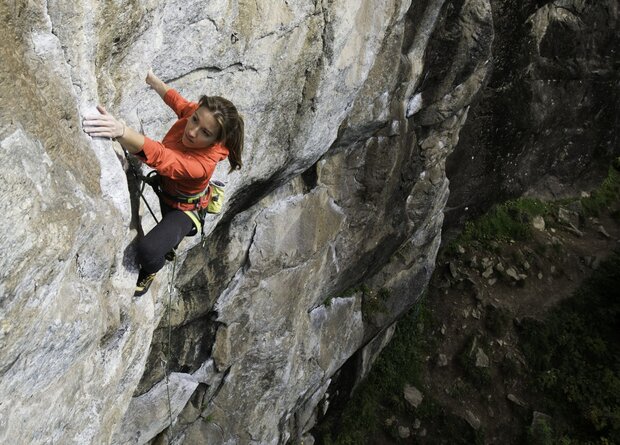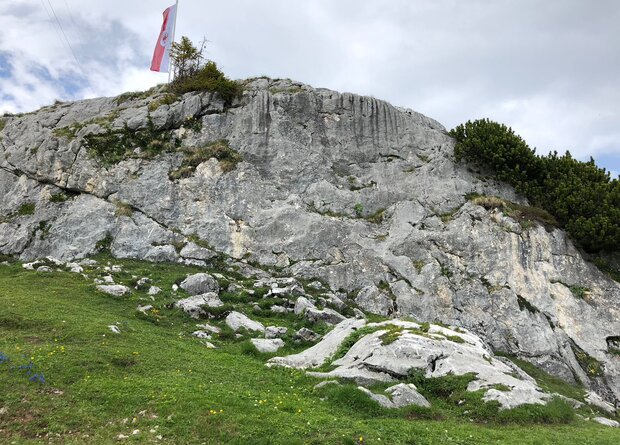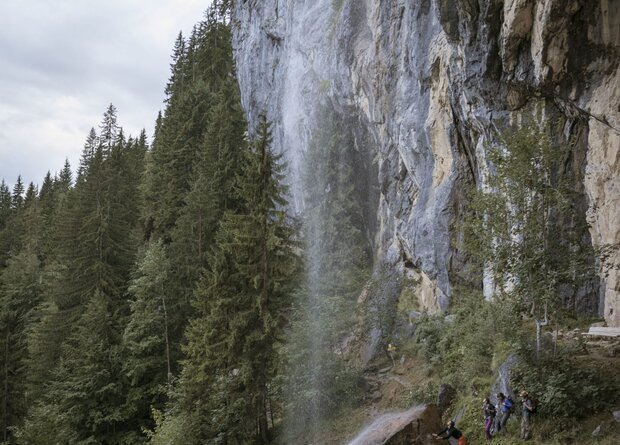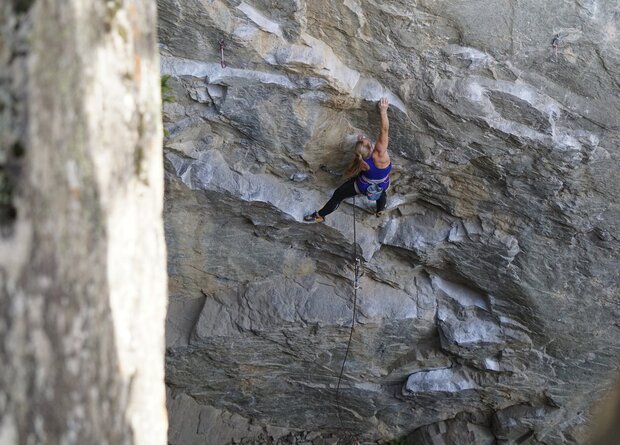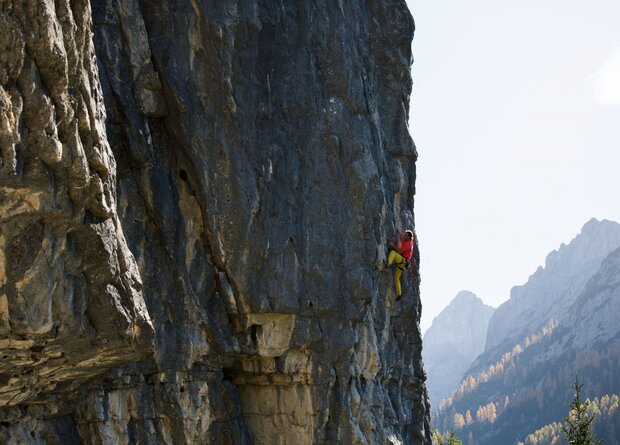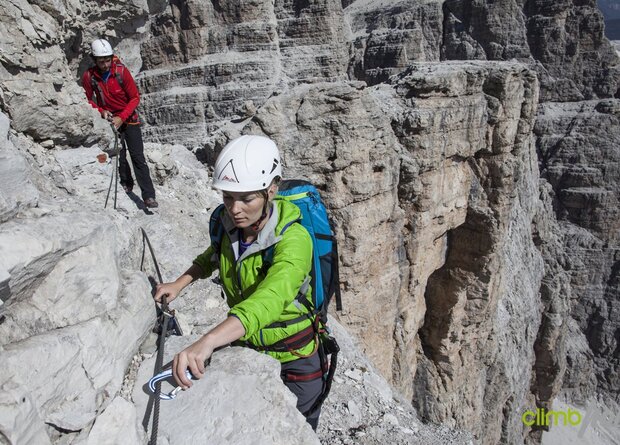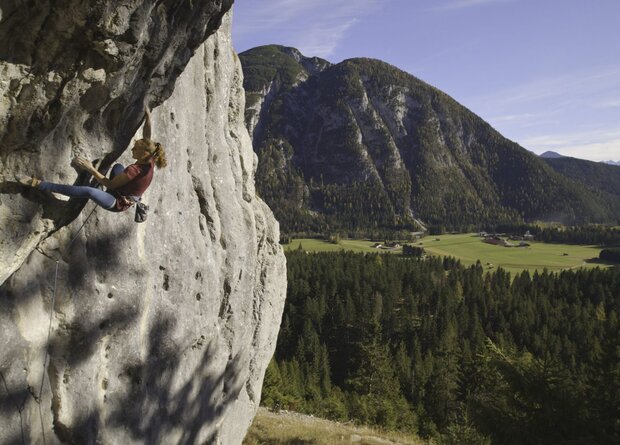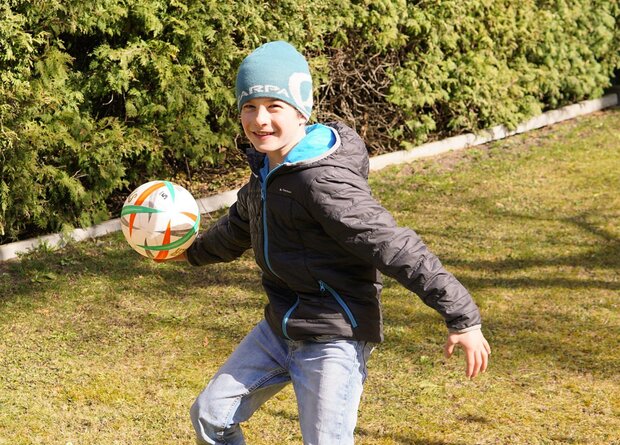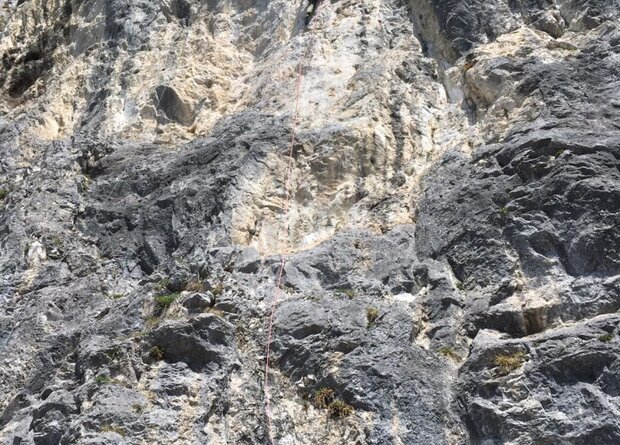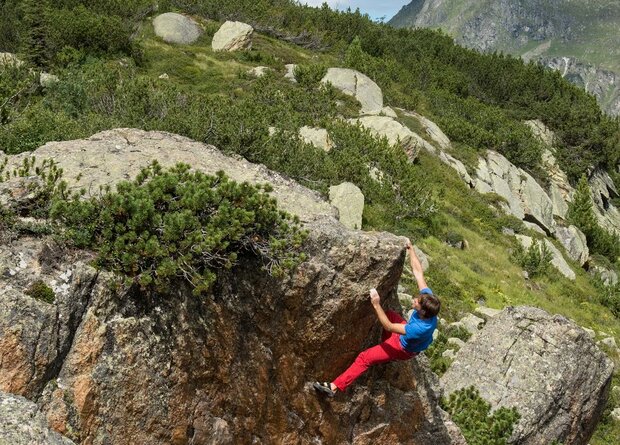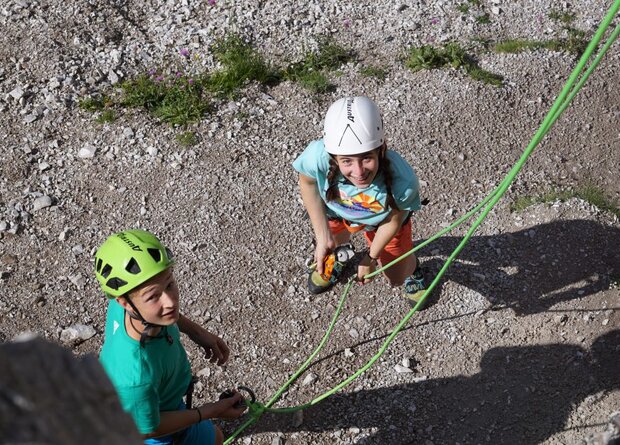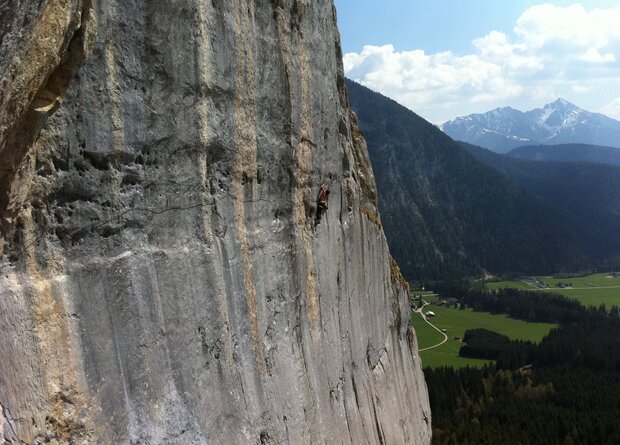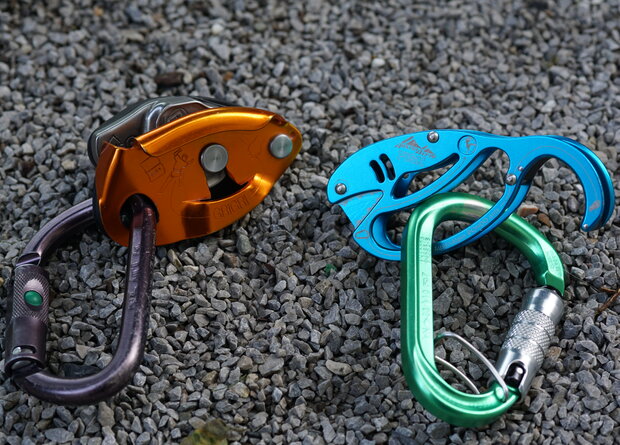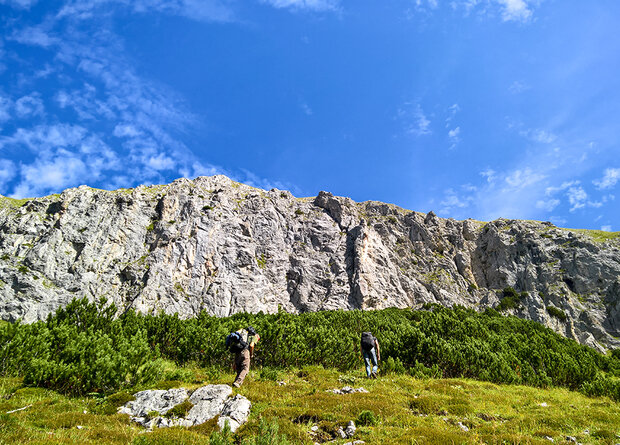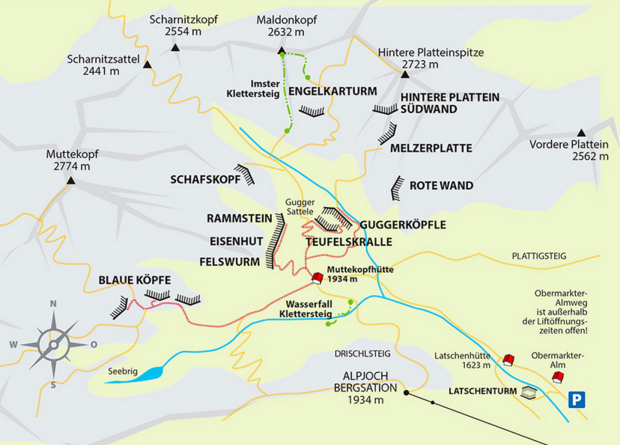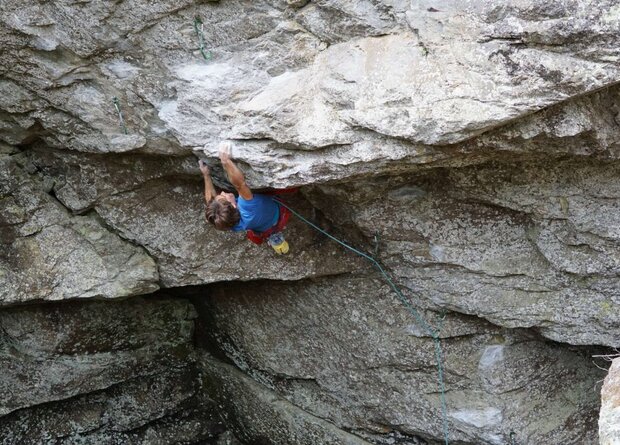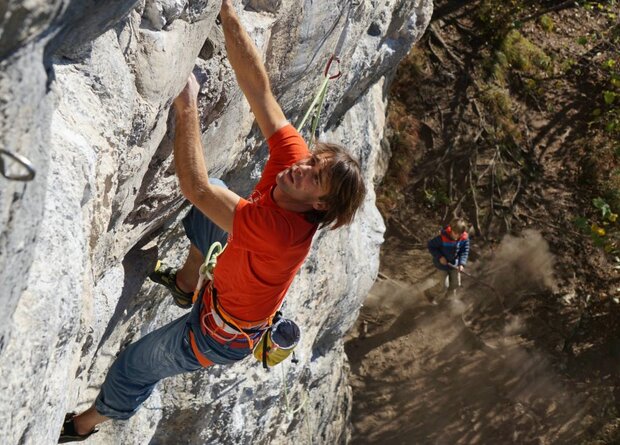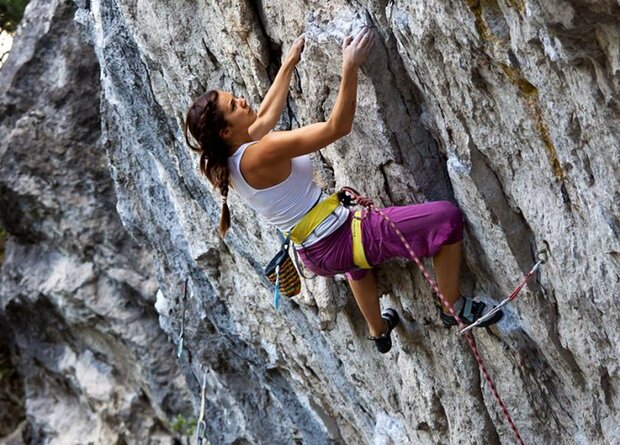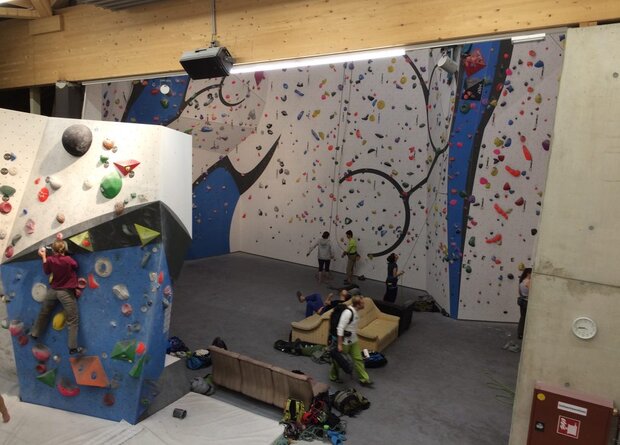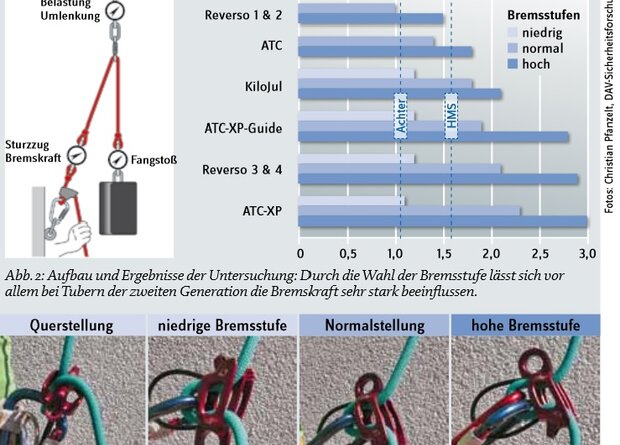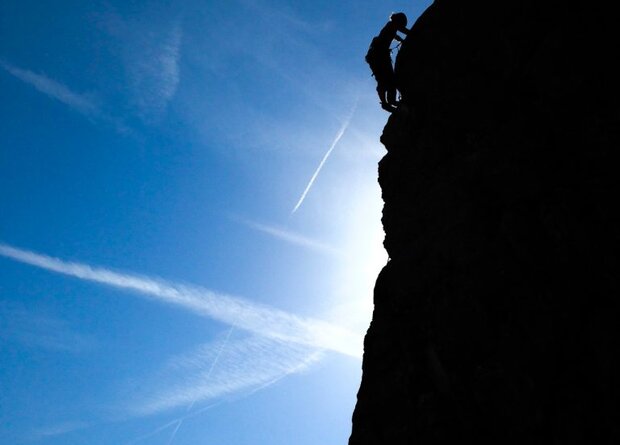True to the motto "Safe on the mountain", we introduce you to belay devices for sport climbing. This time: the Tuber.
class="wp-block-embed-youtube
wp-block-embed
is-type-video
is-provider-youtube
wp-embed-aspect-16-9
wp-has-aspect-ratio">
class="wp-block-embed__wrapper">
Tubers are considered a "dying breed" in the sport climbing sector, as they have no blocking support and have no braking effect as soon as the braking hand principle is violated. However, the tuber is still used by very experienced belayers and also in competitions, as these devices can be used to belay very dynamically and softly. For normal sport climbers, however, tubers are no longer up to date and are primarily used for alpine climbing.
Facts about the Tuber
The Tuber is a dynamic belay device, as the rope always slips through the belay device when a fall is held. Tubers do not offer automatic braking support! The braking effect of the tuber is created by friction, which is generated by the force of the braking hand on the braking rope. This type of device is therefore not forgiving of belaying errors.
Important note
The Alpine Club recommends belaying in climbing gyms and climbing gardens using belay devices with automatic braking force support.
Tuber-type belay devices are now offered by many manufacturers in different offered by many manufacturers in different versions. The vast majority are suitable for both belaying with a single rope as well as belaying with a double rope or two ropes. ropes. Tubers with braking grooves are now standard, as they improve the braking effect, especially with thin single ropes. The belay carabiners carabiners with a locking device must always be used.
The partner check
The partner check before every start is an elementary safety standard. Both partners check 5 points: the rope knot, the locking mechanism of the carabiner, the function of the belay device due to jerky pulling, the harness buckles and - lastly - whether the end of the rope is tied off.
Paying out the rope with the tuber
To release the rope, the guide hand pulls the rope out of the device while the braking hand pushes the rope into the belay device from below. The excess slack rope is then immediately pulled back in and the braking hand slides back into the starting position.
Retracting the rope with the tuber
When retrieving the rope, the lead hand guides the lead rope to the belay device. At the same time, the braking hand pulls the braking rope out of the belay device in an arching movement and immediately goes back down. The braking hand then slides back up towards the belay device in the tunnel grip on the brake rope.
Important note
During the entire belaying process, the braking hand must never remain above the belay device.
The "braking hand principle"
The braking hand principle is absolutely fundamental for dynamic belay devices, as otherwise the braking effect is not given. The braking hand principle means that the belayer grips the braking rope with the braking hand in every phase of the belaying process. In the event of a fall, the braking hand fixes the brake rope and moves downwards. The second hand, the so-called guide hand, supports the rope guide. In the event of a fall, it can also hold the brake rope and thus support the braking hand.
Lowering
When lowering, both hands grip the brake rope and allow the rope to slide slowly through the hands. The release speed is determined by the holding force of the braking and guiding hand and by the angle at which the brake cable enters the rope. This must never be too steep, otherwise the braking effect of the tubing will be too weak.
The toprope mode
When belaying in top rope mode, the braking hand pulls the brake rope out of the device in an arc and then immediately goes back down. The braking hand then slides back up towards the belay device in the tunnel grip on the brake rope.
SicherAmBerg - the program
Under the overall project "SicherAmBerg", the Austrian Alpine Club provides instructional videos on all relevant core Alpine Club sports such as ski touring, sport climbing, via ferrata and alpine climbing. But SicherAmBerg is not just about video tutorials. Rather, it is an overall concept consisting of high-quality publications, events, training courses and videos with the aim of increasing safety on the mountain or in the climbing gym.
If you would like to find out more about the various topics, you will find what you are lookingfor at www.alpenverein.at/sicheramberg.
